Lhasa is most famous for its historic monasteries and temples. But what about the other sites that give you insight into the culture and life of Tibetans? While visiting Lhasa, take the time to check out these markets, schools, art galleries, handicraft workshops, and traditional nightclubs. They’ll give you an idea of what it means to be a local Tibetan living in a modern city with such a rich cultural heritage and history.
_____________________________________________________________________________________
Gedun Choepel Artists’ Guild
Formed by a group of Tibetan artists, this gallery showcases contemporary Tibetan art. The artwork ranges in theme, and includes variations on traditional paintings as well as installation pieces. The artists, all of whom were born during the turbulent 1960s and 70s, aim to embrace modernity while valuing their unique cultural heritage. Accordingly, the artists named their guild after Gedun Choepel, a legendary iconoclastic scholar regarded as one of the most important Tibetan intellectuals in the 20th century.
_____________________________________________________________________________________
Jatson Chumig School
The Jatson Chumig Welfare Special School, founded in 1993 by a former monk, provides handicapped, orphaned, and destitute children with a home and basic education. The school works to support itself in part by its five handicraft workshops. Stop by the school to play with the children and watch workers make Tibetan paper, Tibetan incense, and Tibetan boots and clothing. The gift shop has some of the best handicrafts you will find in Lhasa, and you can be sure that your money will be supporting a good cause.
_____________________________________________________________________________________
Dropenling Handicrafts
The Dropenling Handicraft Development Center makes unique, high-quality Tibetan handicrafts. Drop by to watch Tibetan artisans at work, visit the gift shop, and watch a cultural performance. On the way there, pass by the large Muslim mosque and get a taste of local Hui Muslim culture in Lhasa. Purchasing crafts at Dropenling is a good way to directly support local Tibetan artisans.
_____________________________________________________________________________________
Traditional Teahouses
Lhasa is famous for its teahouses, and in every corner of the city you will come across small shops serving sweet tea, butter tea, and noodle soup. Among the teashops we like best are the numerous rooftop ones overlooking the Barkhor, the ones in the back alleys near the Barkhor, and the one located in a cave near the Potala Palace. If you want a true native experience, cozy up on a bench with locals, order a large thermos of tea, and enjoy the kungfu movies playing on an old TV in the corner of the shop.
_____________________________________________________________________________________
Small Temples and Monasteries
In Lhasa, there are many small temples around the city that few tourists ever visit, and they serve as an interesting window into Tibetan culture and religious life. Check out the Gyume Tantric College, a working temple across from the Kirey Hotel, or visit Palha Lu-puk, the 7th century meditation retreat cave of Songtsen Gampo. You might also want to visit Ani Chupsang Nunnery near the city center, or admire views of the Potala from the nunnery located on Chakpo Ri.
_____________________________________________________________________________________
Barkhor Street
The Barkhor is at the heart of the old Tibetan quarter and is always buzzing with activity. Get swept up in the crowd of pilgrims circumambulating the holy Jokhang temple, bargain for souvenirs, drink a cup of tea, take pictures, and explore the back alleys.
_____________________________________________________________________________________
The Lingkor
The Lingkor, an ancient circumambulation route dating back to the 15th century, encircles the entire traditional city of Lhasa. Following the path, join local pilgrims in traveling around the major pilgrimage sites in Lhasa. Along the way, get a glimpse of the contrast between ancient and modern Lhasa as you pass by murals painted on carved rock walls and walk through recently built parts of town. The path is about 8km and takes the better part of a morning to walk.
_____________________________________________________________________________________
Nangma Clubs
While many bars and dance clubs have sprung up in Lhasa, many Tibetans prefer to go to nangma. These nangma clubs, which consist of a central stage surrounded by tables, feature Tibetan singing, dancing, and comedy skits. After dinner, go with your friends to one of the many popular nangma in town, grab a table, order some drinks, and enjoy the show. By the end of the night, you may find yourself on stage doing traditional Tibetan circle dances with the locals!
_____________________________________________________________________________________
Tromsikhang Market
The traditional marketplace in Lhasa, known as the Tromsikhang, is where local Tibetans pick up their everyday goods. For a glimpse into modern Tibetan life, take some time to notice what kind of things are for sale — vegetables, incense, dried cheese sweets, small trinkets, and traditional items used for upcoming festivals. Peek into a bookstore to see what locals are reading and you’ll find traditional religious volumes, basic language texts, comics, and Tibetan translations of Harry Potter and The Lion, the Witch, and the Wardrobe!
_____________________________________________________________________________________
Thangka Workshops
Thangka, or religious scroll paintings, are a traditional form of Tibetan artwork that typically features Buddhist deities. In the alleys of the old Tibetan quarter, there are numerous thangka workshops, in addition to sculpture workshops, door hanging brocade workshops, traditional furniture workshops, bakeries, and traditional clothing stores. Stop in any one of these places and notice how the artists work. Feel free to ask them questions about the painting process, which includes performing meditational practices before painting different deities.
_____________________________________________________________________________________
Tibetan Medicine
In modern Lhasa, hospitals offer both conventional treatments and traditional Tibetan remedies. While in the city, take the opportunity to meet with a traditional Tibetan doctor. During a check-up, learn about the diagnosis process as they read your pulse to determine the balance of different energies in your body. After your check-up, take a tour of the hospital and learn more about modern Tibetan medicine, from its production to its blessing by monks.
_____________________________________________________________________________________
Interested in learning more about Lhasa sites? Visit our Famous Monasteries in Lhasa page.
Looking to take a short trip outside Lhasa? See our Lhasa Day Trips page.
If you have any questions about Tibet travel or off-the-beaten-path sites in Lhasa, contact us at info@snowliontours.com.
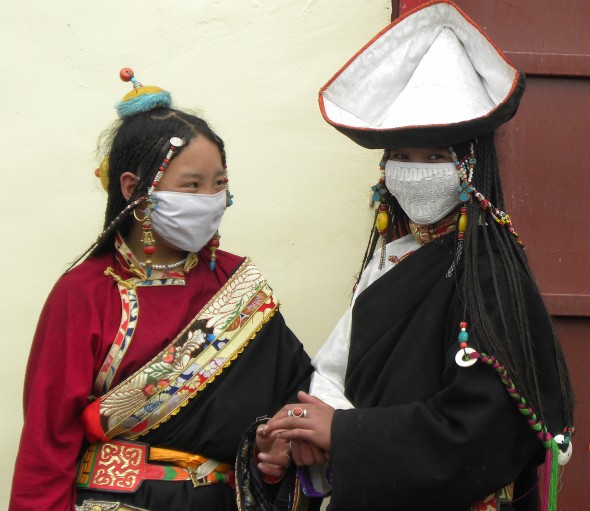
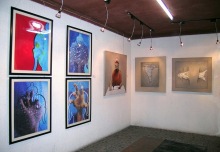
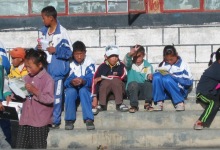
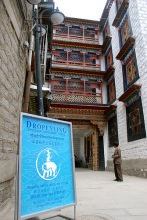
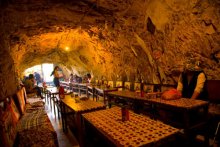
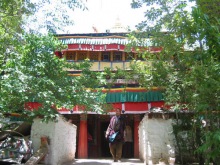
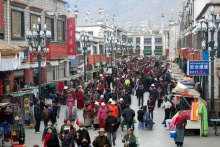
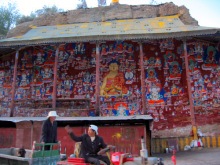
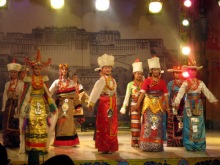
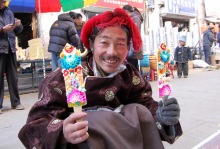
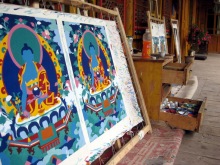
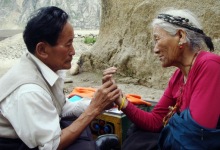
October 6th, 2011at 10:57 am(#)
We, ARTRIMO, are a newly-opened gallery of Tibetan contemporary art located on Beijing Road East near Barkhor Street, representing more than 40 Tibetan artists: Han Shuli, Bama Zhaxi, Bianba, Gade, Nortse, Nyandak, and other young and up-coming artists. We would welcome a listing with you and appreciate you contacting us.
http://www.artrimotibet.com